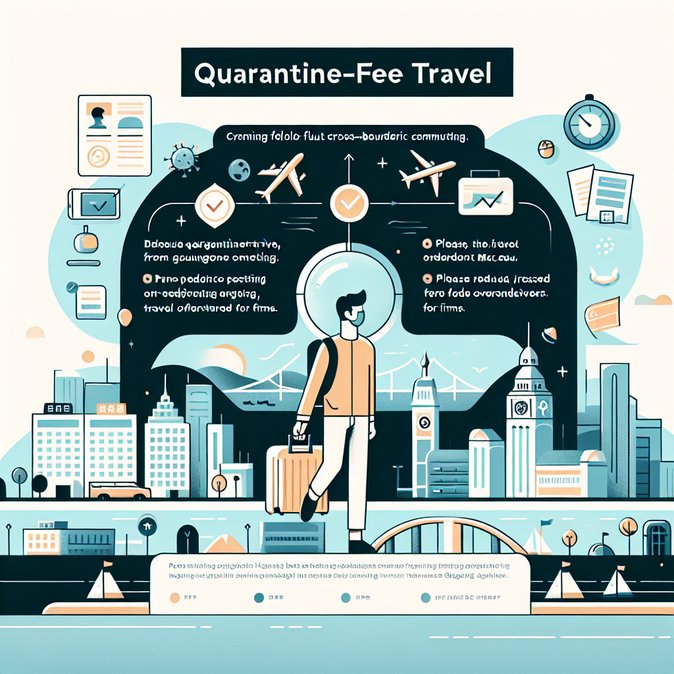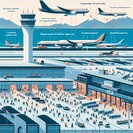
From 19 November, Hong Kong residents who have been staying in neighbouring Guangdong Province or Macau for at least 24 hours may return to the city without undergoing isolation, provided they secure a quota slot and present negative PCR or rapid-antigen test results. The expanded arrangement—an evolution of the 2020 “Return2HK” corridor—comes as local health authorities confirmed nine new COVID-19 infections, three of them locally transmitted.
Scheme mechanics: Daily quotas of 50,000 entries via land control points and the Hong Kong-Zhuhai-Macao Bridge were fully booked within hours of launch, according to the Immigration Department’s online portal. Eligible travellers must declare their travel history, upload test certificates issued within 24 hours of departure and download the LeaveHomeSafe app for post-arrival health monitoring. Those who develop symptoms within three days must report for testing but will not be subject to compulsory quarantine unless found positive.
![Quarantine-free ‘Return2HK+’ scheme opens to residents stranded in Guangdong and Macau]()
Business impact: • Cross-border commuters who reside in Shenzhen but work in Hong Kong’s financial district can once again make same-day round trips, reducing reliance on expensive serviced-apartment stays. • Companies planning December off-sites in Macau can schedule events without factoring in isolation days on return. • Mobility managers should update travel-risk assessments to include the new requirement that applicants must not have visited anywhere outside the Greater Bay Area in the preceding seven days.
Context: The SAR scrapped its last mandatory hotel-quarantine rules in early 2024, but a daily-quota regime remained for residents returning from the mainland. The new policy reflects confidence in vaccination coverage and the rollout of the territory’s digital health-code interchange with Guangdong.
Outlook: Officials hinted that the quota system could be lifted entirely before the Lunar New Year travel rush if the seven-day moving average of imported cases stays below ten. Corporate travel departments should therefore prepare for a surge in demand for rail tickets on the Guangzhou-Shenzhen-Hong Kong Express link and ensure seat allocations for assignees and visiting executives.
Scheme mechanics: Daily quotas of 50,000 entries via land control points and the Hong Kong-Zhuhai-Macao Bridge were fully booked within hours of launch, according to the Immigration Department’s online portal. Eligible travellers must declare their travel history, upload test certificates issued within 24 hours of departure and download the LeaveHomeSafe app for post-arrival health monitoring. Those who develop symptoms within three days must report for testing but will not be subject to compulsory quarantine unless found positive.

Business impact: • Cross-border commuters who reside in Shenzhen but work in Hong Kong’s financial district can once again make same-day round trips, reducing reliance on expensive serviced-apartment stays. • Companies planning December off-sites in Macau can schedule events without factoring in isolation days on return. • Mobility managers should update travel-risk assessments to include the new requirement that applicants must not have visited anywhere outside the Greater Bay Area in the preceding seven days.
Context: The SAR scrapped its last mandatory hotel-quarantine rules in early 2024, but a daily-quota regime remained for residents returning from the mainland. The new policy reflects confidence in vaccination coverage and the rollout of the territory’s digital health-code interchange with Guangdong.
Outlook: Officials hinted that the quota system could be lifted entirely before the Lunar New Year travel rush if the seven-day moving average of imported cases stays below ten. Corporate travel departments should therefore prepare for a surge in demand for rail tickets on the Guangzhou-Shenzhen-Hong Kong Express link and ensure seat allocations for assignees and visiting executives.








